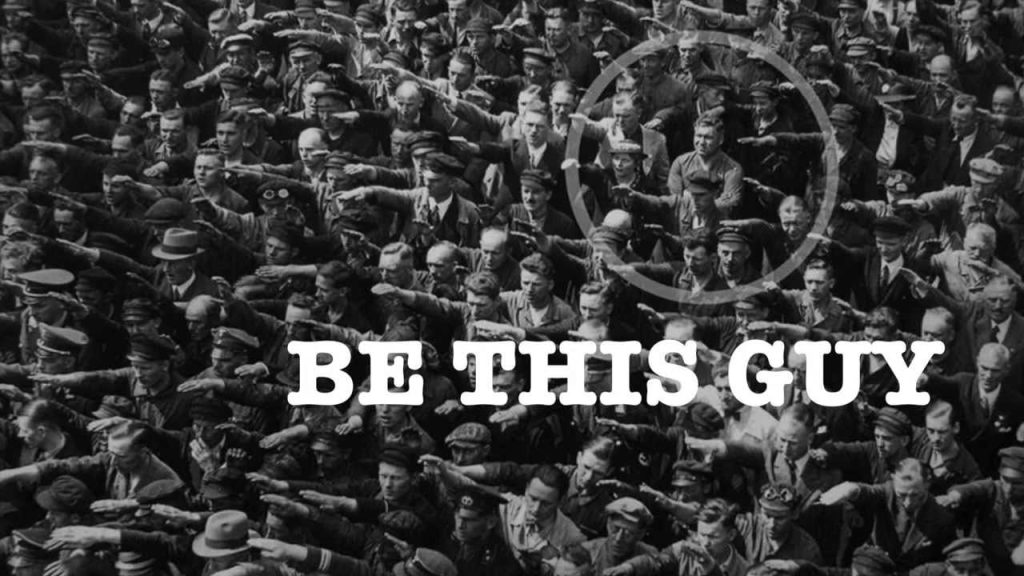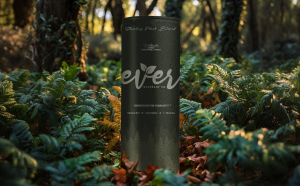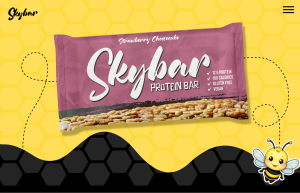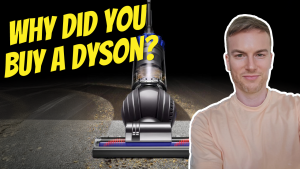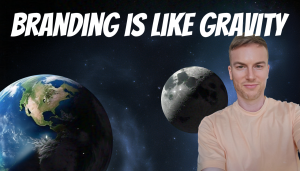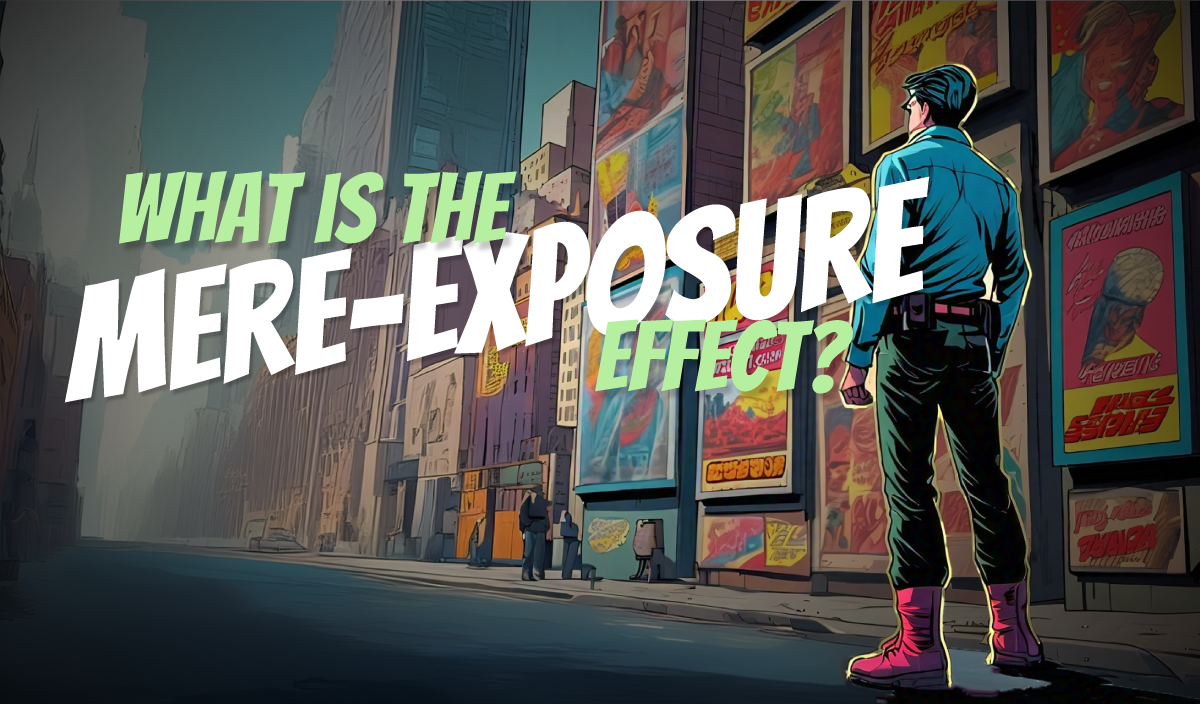
Ever wonder why certain brands, logos, or jingles seem to stick with you? Perhaps over time, you even have more desire for the thing than you did when you first saw or heard it. This is a well-known phenomenon called the mere-exposure effect. It’s a psychological principle that suggests people tend to develop a preference for things simply because they’re familiar with them.
In marketing, this means that consistent, repetitive exposure to your brand can significantly increase customer affinity. Brands are all vying for consumer attention, making the marketing saturated and difficult to stand out.
In this post, we discuss the mere-exposure effect and its role in consumer psychology, branding, and marketing.
What is the Mere-Exposure Effect?
The mere-exposure effect, also known as the familiarity principle, suggests that people tend to develop a preference for things simply because they are familiar with them. First identified by psychologist Robert Zajonc in the 1960s, this effect highlights the power of repeated exposure in shaping our likes, dislikes, and ultimately, our decisions.
In simple terms, the more we encounter something—whether it’s a brand, a logo, a jingle, or even a face—the more likely we are to develop a positive attitude toward it. This doesn’t necessarily mean that we’ll fall in love with it immediately, but over time, repeated exposure can lead to a sense of comfort, trust, and preference.
But it’s not just about bombarding your audience—it’s about strategically placing your brand in front of them through valuable, engaging content.
Whether it’s a catchy slogan, a memorable logo, or a recurring message, the mere-exposure effect reminds us that familiarity breeds connection.
Over time, your audience is more likely to choose your brand simply because it feels familiar and trusted.
Remember, it’s not just about getting noticed—it’s about staying top of mind.
The Mere-Exposure Effect in Marketing
For marketers, the mere-exposure effect is a powerful tool. It underscores the importance of brand visibility and consistent messaging. Here’s how you can leverage this effect to build stronger connections with your audience:
Consistent Branding Across Channels
Consistency is key when it comes to building familiarity. Your brand’s visual elements—logos, color schemes, fonts, and imagery—should be consistent across all platforms. Whether it’s your website, social media, email campaigns, or advertising, consistent branding helps reinforce your brand identity and makes it more recognizable to your audience.
Repetition with Purpose
Repetition is the cornerstone of the mere-exposure effect, but it needs to be done thoughtfully. Bombarding your audience with the same content over and over can lead to fatigue and annoyance. Instead, aim for repetition with variation. Present your core messages in different formats—videos, blog posts, social media updates, or infographics—to keep your content fresh while still reinforcing your brand.
Leverage Multiple Touchpoints
The more touchpoints your audience has with your brand, the stronger the mere-exposure effect. This could be through paid ads, organic social media content, email newsletters, or even in-store experiences. The key is to create multiple opportunities for your audience to encounter your brand, each reinforcing their familiarity and preference.
Storytelling for Deeper Engagement
While mere exposure can create familiarity, combining it with storytelling can deepen emotional connections. By consistently telling your brand’s story across various touchpoints, you not only increase exposure but also create a narrative that resonates with your audience. Over time, this story becomes part of your brand’s identity, making it more memorable and relatable.
Timing and Frequency Matter
It’s not just about how often your audience sees your brand, but also when they see it. Understanding your audience’s habits and preferences can help you determine the best times to engage with them. For instance, posting on social media during peak hours when your target audience is most active can increase the chances of your content being seen and remembered.
Why the Mere-Exposure Effect Works
The mere-exposure effect works because familiarity breeds comfort. In a world filled with choices, consumers are naturally drawn to what feels familiar. This doesn’t mean they will automatically choose the most familiar option, but they are more likely to consider it.
Familiarity also builds trust. When consumers repeatedly encounter your brand, they begin to associate it with reliability and quality. This is especially important in today’s marketplace, where trust is a key factor in purchasing decisions.
Potential Pitfalls: Overexposure
While the mere-exposure effect is powerful, it’s important to strike a balance. Overexposure can lead to what psychologists call “wear-out,” where the audience becomes so familiar with your brand that they begin to ignore it or even develop negative associations. To avoid this, ensure that your content remains relevant, engaging, and evolving.
The mere-exposure effect is a reminder of the power of familiarity in marketing. By strategically increasing your brand’s visibility and ensuring consistent, engaging interactions, you can build a strong foundation of trust and preference among your audience.
It’s not enough to simply be seen—you need to be remembered. By harnessing the mere-exposure effect, you can turn familiarity into affinity, and affinity into loyalty. So, the next time you think about your brand strategy, remember: the more your audience sees you, the more they’re likely to love you.
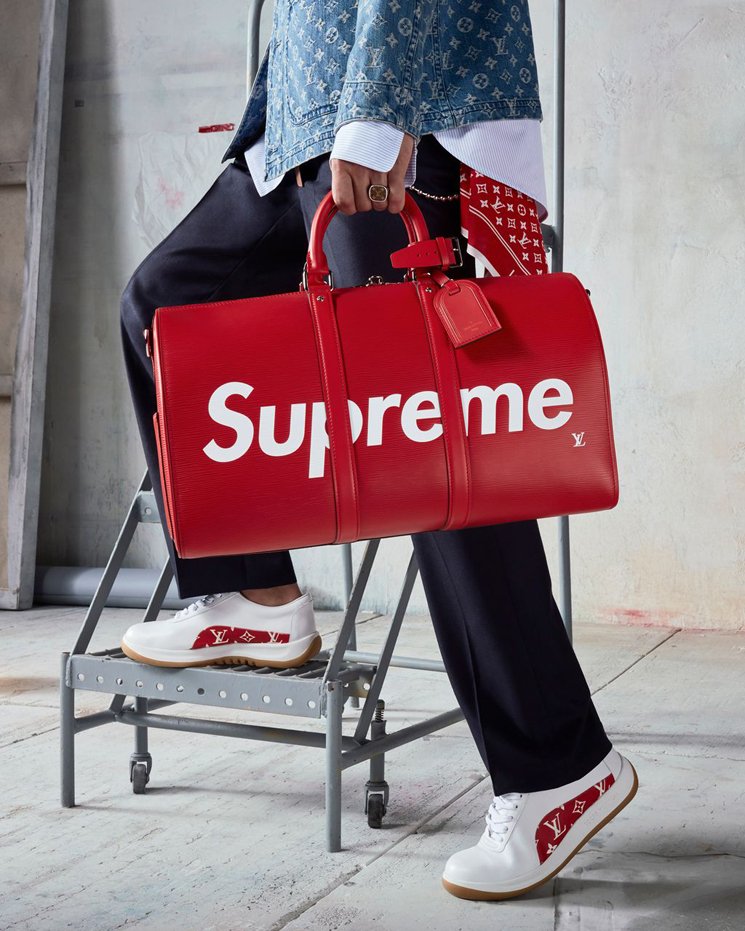

Continue reading:
If You’re Not Disrupting, You’re Standing Still
- Related post: The T-Shirt Theory of Branding
- Related post: The Power of Branding: John’s Family Premium Organic Garlic
- Related post: Why You Don’t Want to Run a Business that Relies Solely on Ads

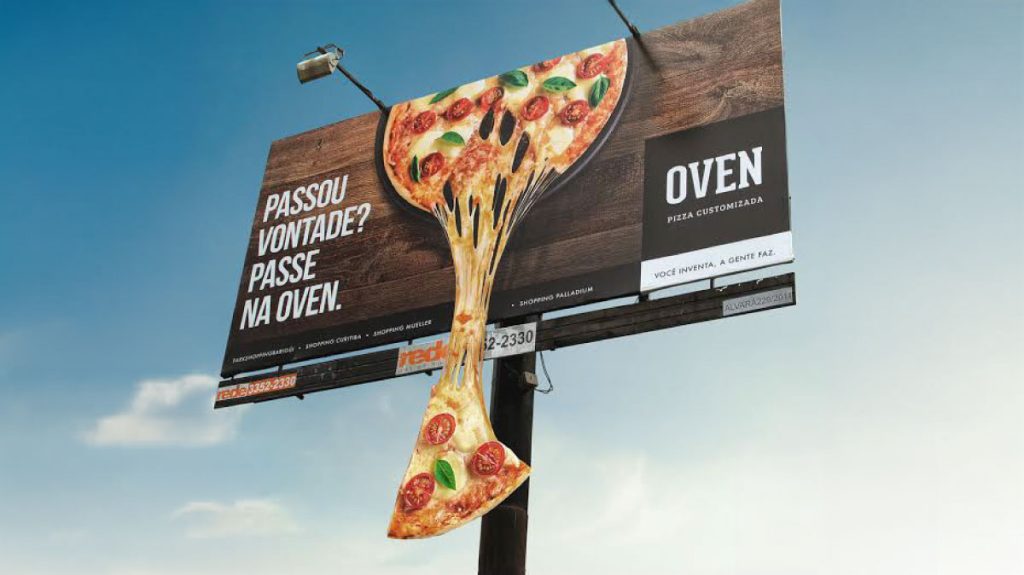
Continue reading: What’s the ROI of a Billboard
Related Posts
If you follow us on social or read our blog, you may have noticed that we talk A LOT about the branding, the importance of branding, how branding is like gravity, how you either have a commodity or a brand…
We also talk a lot about storytelling marketing – in fact we have an entire page dedicated to it as it’s one of our core services. We go on at length about why brands need to tell stories (so that consumers can align their values to the brands they support), and dispelling the myths about storytelling marketing.
We also talk about how consumers don’t buy products, they join tribes. Check out some of our related posts.

